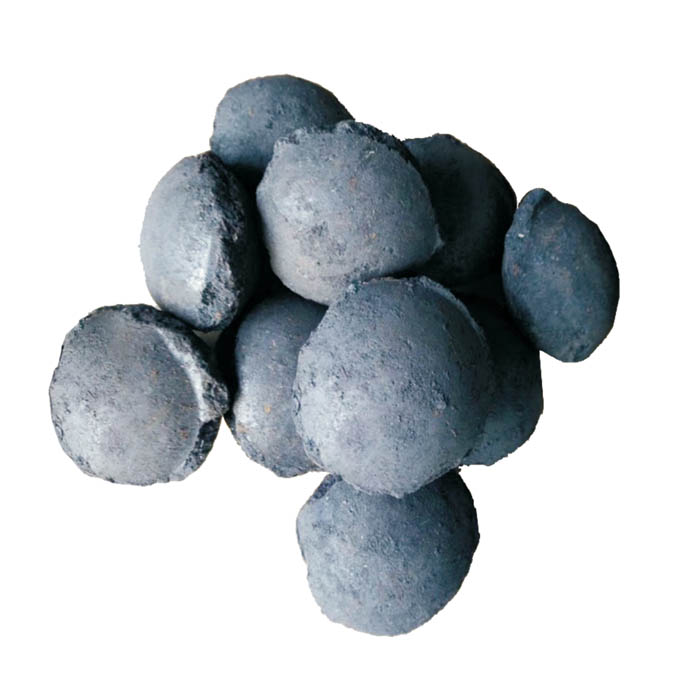Aug . 15, 2024 15:20 Back to list
Exploring the Role of Cement in Enhancing Concrete and Aggregate Performance for Durable Structures
The Importance of Cement, Concrete, and Aggregate in Construction
Cement, concrete, and aggregates are fundamental components in the construction industry, forming the backbone of countless structures from buildings to roads. Their combination has transformed modern construction, offering durability, strength, and versatility. Understanding the roles of each of these materials and their interactions is crucial for any construction project.
Cement The Binding Agent
Cement is a fine powder made primarily from limestone and clay. When mixed with water, it undergoes a chemical reaction known as hydration, which allows it to harden and bind other materials together. The most commonly used type is Portland cement, known for its strength and adaptability. Cement serves as the glue in concrete, enabling it to hold its shape and bear loads over time. The quality of cement can significantly affect the longevity and integrity of a structure, making it essential to choose the right type for specific applications.
Concrete The Versatile Combination
Concrete is a composite material that consists of cement, water, and aggregates. This mixture creates a powerful and versatile substance, capable of withstanding extreme conditions. The properties of concrete can be altered by adjusting the ratios of its components. For example, a higher cement content can increase strength, while adding plasticizers can improve workability. Concrete is not only strong but also versatile, making it suitable for a wide range of applications, from residential buildings to massive infrastructure projects like bridges and dams.
One of the appealing features of concrete is its sustainability. Innovations in the industry have led to the development of eco-friendly concrete mixes that minimize environmental impact. The use of recycled materials as aggregates or alternative binders helps reduce waste and decrease the carbon footprint of construction projects. Additionally, concrete can be designed to reflect heat, improving energy efficiency in buildings.
Aggregates The Foundation of Strength
cement concrete aggregate

Aggregates, which can be natural or manufactured, are granular materials such as sand, gravel, or crushed stone. They play a crucial role in determining the strength and stability of concrete. Aggregates typically comprise about 60-80% of the total volume of concrete, providing bulk, reducing shrinkage, and enhancing durability.
The size and grading of aggregates are crucial for the performance of concrete. Fine aggregates, like sand, fill the voids between larger aggregates, creating a denser mix and reducing the possibility of cracking. Conversely, coarse aggregates provide strength and structural integrity, allowing concrete to endure heavy loads. The appropriate selection and proportioning of aggregates can significantly influence the mechanical properties and workability of concrete.
Innovations and Future Trends
Recent advancements in technology have led to innovative solutions for creating stronger and more sustainable concrete. Research into alternative binders, like geopolymer cements made from industrial by-products, is gaining traction. These materials not only provide excellent performance but also reduce reliance on traditional Portland cement, which is a significant contributor to carbon emissions.
Moreover, the rise of smart concrete, infused with sensors that monitor structural integrity and environmental conditions, represents a leap into the future of construction. Such innovations enhance safety and longevity, making structures less susceptible to natural disasters.
Conclusion
In conclusion, cement, concrete, and aggregates are integral to modern construction, offering a wide array of benefits in terms of strength, versatility, and sustainability. As technology continues to evolve, the construction industry must embrace these advancements to create innovative solutions that meet the challenges of today and tomorrow. By understanding and leveraging the unique properties of each component, we can build resilient and sustainable infrastructures for future generations.
-
Tundish Dry Vibrator: Fast, Durable Refractory Linings
NewsAug.14,2025
-
Premium Low Nitrogen Recarburiser | Graphitized Petroleum Coke
NewsAug.13,2025
-
Quality Building Material for Round Walls | Global Exporters
NewsAug.12,2025
-
First Bauxite Exporters: Global Manufacturer & Supplier
NewsAug.11,2025
-
Trusted Tundish Covering Agent Exporters & Suppliers
NewsAug.10,2025
-
Efficient Fe-C Composite Pellets for BOF Steelmaking
NewsAug.09,2025
